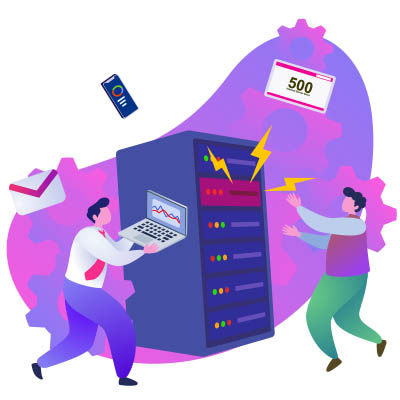The Internet of Things (IoT) is no longer a futuristic concept. It’s here, and it’s transforming the way businesses operate in 2024. From manufacturing to healthcare, IoT applications are making waves. They’re enabling real-time data collection and analysis, leading to smarter decision-making.
Businesses everywhere are adding smart devices to their IT, and for good reason. They offer convenience and efficiency but can pose a significant network security risk. These devices, part of the Internet of Things (IoT), often lack robust security features. This makes them an attractive target for cybercriminals.
As smartphones, tablets, and wearable devices become more advanced, the demand for efficient, longer-lasting, and faster-charging batteries continues to grow. Today, we explore the future of batteries for mobile technology and the innovations set to transform this market.
Internet speeds have been increasing over the past few years as more people do more online. This enhancement in speed brings several benefits to businesses of all types. Let’s look at five benefits businesses can take advantage of with higher Internet speeds.
Communications are incredibly important for businesses, but it’s easy to let the other parts of your technology infrastructure take priority. One of the greatest ways businesses can prioritize communications and cut costs is by implementing a VoIP ( Voice over Internet Protocol) system. With the right setup, your business can revolutionize its telephony system and streamline communications across your organization.
For modern businesses, data is king. It’s the driving force behind decision-making, strategic planning, and competitive advantage. Enter business analytics. This powerful tool transforms raw data into meaningful insights, but how can you use small business analytics for yourself?
Regarding business logistics, inventory management is a significant contributing factor you cannot avoid. It keeps your operations running well, regardless of what type of business you run. Your company will always need its inventory, and managing it effectively and efficiently can save on costs, improve service levels, and promote overall business success.
You’ll go through various high and low points when you’re running your business. That’s just part of the game; the unpredictability comes with running a business. You might lose confidence in your operations and wonder if you’re making the right calls—particularly with business technology. Thankfully, there are ways you can use technology that take a lot of the guesswork out of what the future holds for your business.
Technology is crucial to the success of modern-day business operations, so you must ensure efforts are made to keep your IT in proper working order. A managed service provider, or MSP, can make this a much easier task. Today, we want to discuss some of the common IT challenges businesses encounter and how we can address them.
Human resources is a critical part of your business, but since it doesn’t generate any actual revenue, there has been a push to cut back on HR spending. In response, many businesses have started using HR automation technology to handle the myriad tasks HR is typically responsible for. Let’s take a look at some of the benefits HR automation can bring to your business.










